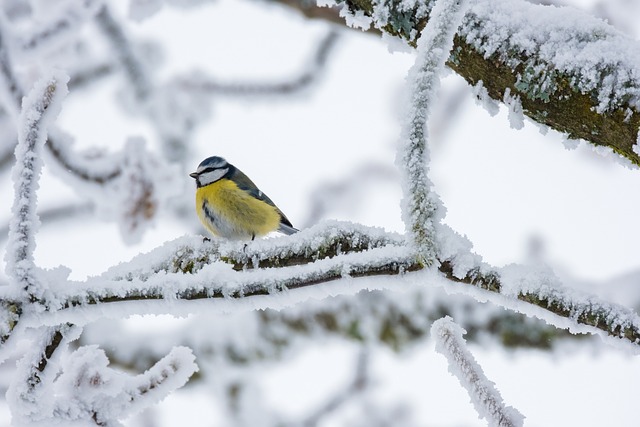Icicles
March 18, 2023

The truest measuring rod of the annual tug of war between Winter and Spring is the icicle. I remember as a child with very limited artistic ability, drawing pictures of our house huddled and shivering in the deep freeze of Winter. I always drew a series of icicles hanging from the eaves. They always had a jagged appearance, as if they were Winter’s version of a grimacing jack-o-lantern.
Icicles, however, rarely appear in January and February. Icicles belong to the ‘tug of war’ month of March where Winter and Spring grapple to win the day. And it truly is a day-to-day struggle. One day the light breeze puffs up from the south, encouraged by bright sunshine that feels warm on the upturned face for the first time since early November or late October. The top crust of the snowbank softens and one smiles and reaches for the seed catalog that recently turned up in the mailbox. But then, as darkness takes hold, the wind switches menacingly around to the northwest. Thick clouds ride that wind and drop two inches of fresh snow overnight, so that the next day appears more like the beginning than the end of Winter.
This week we have lived the ebb and flow of the seasonal battle. Winter, in two successive days dropped more than a foot of heavy snow on the fields and rooftops. But warming sunshine has also had its opportunities. As a result, I watch the icicles growing dramatically. Each morning as the temperatures rise along with the warming sun, the snow on the roof softens and compresses. By afternoon, drops of fresh snowmelt run down the icicles that are forming side by side. Some of each drop freezes, adding to the girth and length of the icicle, while some of the drop makes it to the tip, clings there for moment, and then falls to the ground. By the time the sun slips below the western horizon, the snow begins to crust over again and the melt ceases for the night.
I remember one particular icicle that always formed just outside the back door of my childhood home. My brother Mike and I would start watching it when it reached its first foot of length. But if the conditions were just right it would grow at least two or three inches each day. By the time it reached two feet long you had to begin to debate as to exactly when the icicle would be fully ripe. With strawberries it was easy; you just had to wait until they were scarlet red all over. With icicles you had to rely on your intuition. It would be a shame to give in to impatience and harvest the icicle too early; before it had reached its prime length and girth. On the other hand, if you waited too long and the sun was too warm, you may return home from school to find that the icicle had broken off on its own. If there was enough snow beneath it, you may still find most of the icicle intact and protruding from the snowbank. Then, like Arthur, you could grab it by the hilt and pull it out and hold it high like Excalibur just freed from the stone! Most often though the icicle shattered upon impact. In that case you couldn’t do much more that find a chunk of it worth licking. Little boys are in fact, born immune to getting sick from licking an icicle.
This week I have my eye on an icicle just outside the patio door. Since that roof line faces south, the icicles on that eave sprout up (well technically down) and grow quickly. The big one in the middle has the potential to surpass that one from my childhood home. I’m hopeful that it will ripen at the same time as one of the grandchildren stop in for a visit, so we can harvest it together. I’m curious to find out if playing with a three-foot-long icicle is instinct or a learned behavior. I am finding though, that it is still hard to be patient.
His Peace,
Deacon Dan
